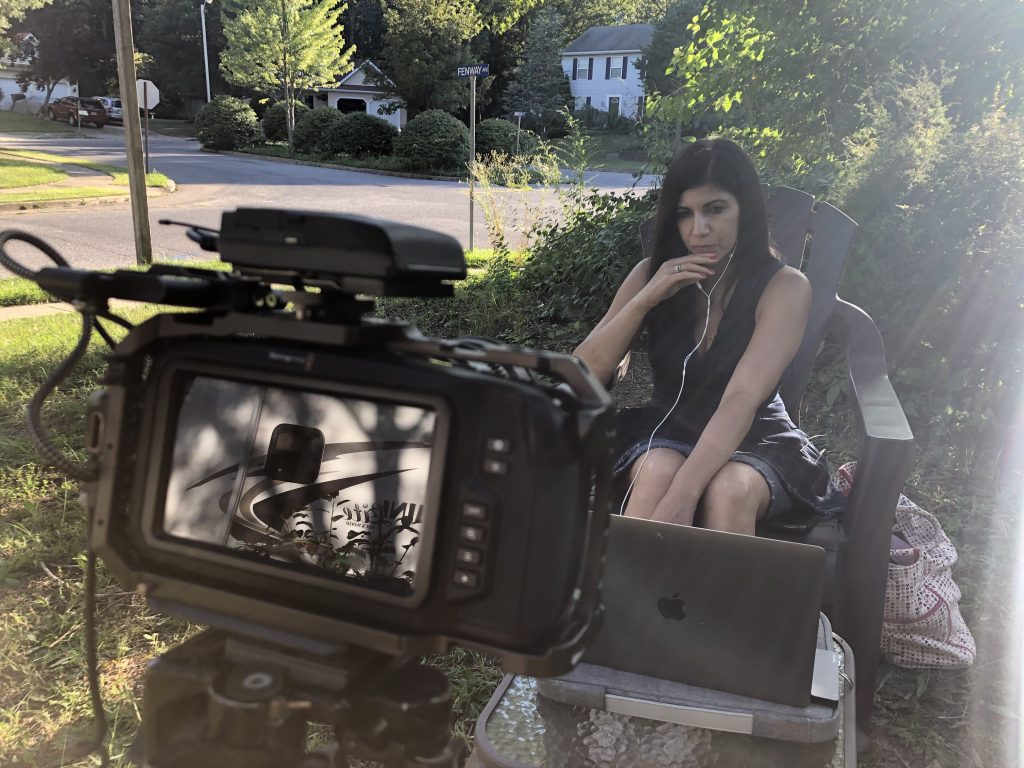The Benefits of HypnoBirthing with Fear and Now Documentary Director Liat Ron: Podcast Episode #230

Kristin chats about the Fear and Now Documentary with Liat Ron, producer and director. Kristin and Liat discuss how HypnoBirthing impacted her second birth and why she decided to create a documentary about her experience along with the experiences of other families captured in the film. Hello, hello! This is Kristin with Ask the Doulas, […]


